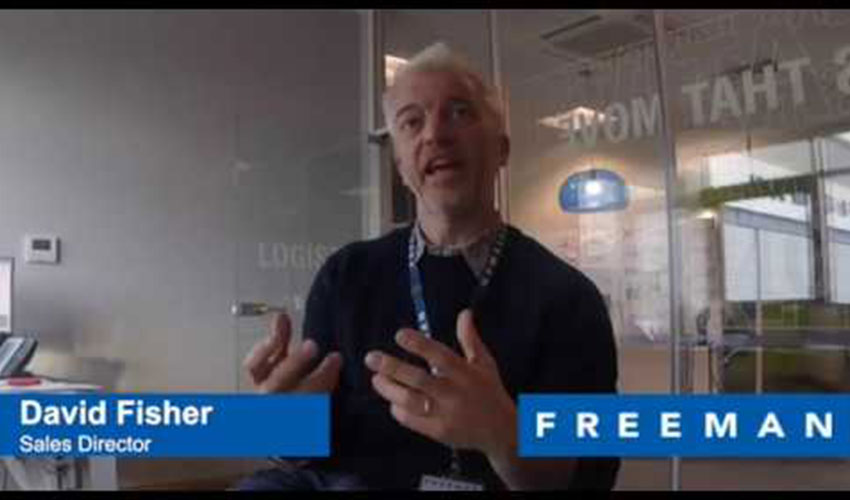Account Based Marketing (ABM), also known as key account marketing, is a strategic approach to business marketing in which an organization considers and communicates with an individual prospect or customer accounts as markets of one.
The approach has been around a few years but with advances in technology coupled with changes in buyer behaviour, we’re said to be on the brink of a seismic shift in customer acquisition and engagement.
Let’s look first at some of the changes in buyer behaviour that are driving ABM:
More stakeholders involved in every purchase
According to the Corporate Executive Board (CEB), 5.4 stakeholders are now involved in every purchase as buyers seek to offload the risk by sharing responsibility for the decision.
Customers more knowledgeable
Technology has made information easier to acquire so that customers are more knowledgeable than ever before. The traditional product led sale is no longer relevant.
Customer expectations higher
Amazon have for years tracked your purchases so as to make intelligent recommendations about what else you might like to buy. Tesco too with their offers based on your regular purchases. In the FMCG sector we’ve seen label personalization from brands such as Coca Cola with their “share a coke” campaign as well as Marmite and Nutella. As a result customers expect to be sold to as an individual, they want tailored messages that are personal to them and their situation.
If we then turn our attention to the advances in technology and how they impact ABM:
Social media
20 million British people are said to have a LinkedIn account and another 58% are reported to use social media daily. You Tube is the second largest search engine in the world. With the prodigious use of social media across all generations, a prospect’s digital footprint is both extensive and informative if sales people choose to look. As a result, the early adopters have been harnessing these insights and practising social selling for several years.
Analytic tools
Advances in computer coding mean that sales people can determine who has been looking at their website, which pages they visited and how long they spent on each page. Data is available in real time transforming prospecting from a random activity to an exact science. More analytic tools tell us who has opened our emails and clicked through on links allowing for the testing and refining of marketing messages as well as near accurate timeliness of prospecting phone calls.
Marketing automation
Before the rise in automation technology one of two things happened. Either sales people were too busy to seduce across the long term and so knee jerk random activity took place just when the sales person remembered or had the time to reach out to the customer. Secondly the seduction happened according to the sales person’s sales process and it wasn’t aligned to the customers thinking and their buying journey. In other words, when communications were sent, there was no guarantee that it arrived at a time when the customer was ready or willing to read it. Today consistent pipeline seduction is possible as technology equips us with automation tools to send emails at the right time to the right customers.
Sales people can be busy getting on with other tasks in the knowledge that their customers are receiving the right messages aligned to the customers buying journey.
Customer engagement tools
Driving intimacy and seducing customers has never been so easy with tools that offer automated alerts equipping sales people with the relevant information, news, market and business insight they need to understand their customers and create timely, relevant, and personalised communications.
Account Based Marketing takes time and company-wide support
From our experience ABM is difficult for a sales person to pull off on their own. The regular availability of good content – white papers, research reports, articles, case studies, tips, advice and industry news – is hard to come by if you’re already juggling a busy role. Moreover, most organisations want a consistent and aligned approach to the production of content which is overseen by the marketing department. But where companies have embraced the opportunity that ABM presents and have found solutions to the content barriers, the sales results have been significant.
CSO Insights, the research arm of Miller Heiman, found in their recent study of world class sales performers that:
94% align sales and marketing to what the customer needs
94% allocate the right resources to large deals
91% have an effective process for key account management
There’s one key message here – ABM is all about selling the way your customer wants to buy, not selling the way that you always have or how the rules confine you.







